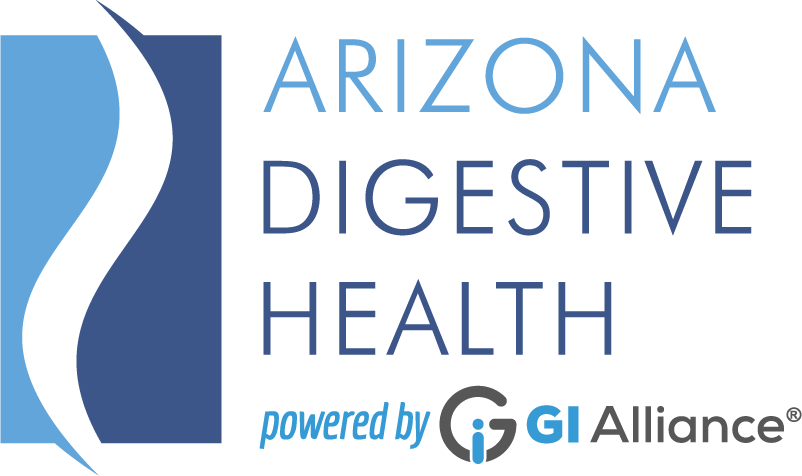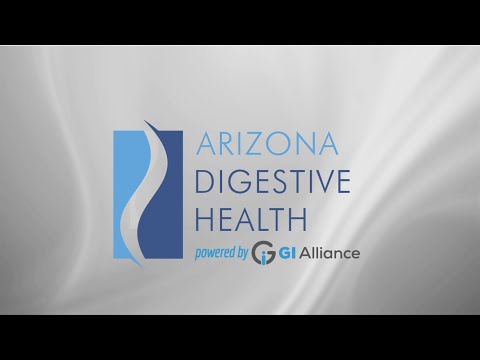Background:
Sodium is a mineral with the essential function of regulating the fluid balance in your body. This balance is vital to maintaining consistent blood volume and blood pressure. Many people’s diets contain more sodium than needed to be healthy. High levels of sodium in your diet can cause the body to retain too much fluid and result in edema, swelling and difficulty breathing.
Purpose:
For individuals with certain medical conditions like high blood pressure or heart disease, pulmonary disease or renal disease, it may be necessary to restrict the amount of sodium taken in by the body. Based on your medical needs your physician will recommend a daily sodium intake limit, which in some cases may be as little as 2 grams (2,000 milligrams) per day. Before beginning a low sodium diet, speak to your physician about any medications you are taking as they may contain sodium compounds.
What foods and food products are LOW in sodium?
- Regular cooked cereals such as oats, cream of wheat
- Puffed wheat cereal
- Puffed rice cereal
- Shredded wheat cereal
- All unsalted crackers and snack foods
- Unsalted peanut butter
- All types of pastas such as macaroni, spaghetti, rigatoni, ziti
- Potatoes
- Rice
- Pinto beans
- White northern beans
- Black-eyed peas
- Lima beans
- Lentils
- Split peas
- Fresh or frozen meat, poultry, and fish
- Low-sodium canned tuna and salmon
- Eggs
- Fresh, frozen, or low-sodium canned vegetables or vegetable juices
- Low-sodium tomato paste and sauce
- Fresh, canned, or frozen fruit and juices
- Milk
- Cream
- Sour cream
- Non-dairy creamer
- Yogurt
- Low-sodium cottage cheese
- Low-sodium cheese
- Unsalted butter, margarine, cooking oils, or shortenings
- Salt-free gravies, cream sauces, and salad dressings
- Salt-free soups and low-sodium bouillon cubes
- Gelatin
- Sherbet
- Fruit ices
- Pudding
- Ice cream
- Angel food cake
- Salt-free baked goods
- Sugar
- Honey
- Jam
- Jelly
- Marmalade
- Syrup
- Coffee
- Tea
- Soft drinks
- Fruit flavored drinks that do not contain sodium
- Fresh and dried herbs
- Lemon juice
- Low-sodium mustard, vinegar, Tabasco sauce
- Low-sodium or no-salt-added ketchup
- Extracts (almond, lemon, vanilla)
- Baking chocolate and cocoa
- Seasoning blends that do not contain salt
What foods and food products are HIGH in sodium?
- Breads or rolls (sodium content can vary, be sure to read the label)
- Packaged cracker or bread crumb coatings
- Packaged stuffing mixes
- Biscuits
- Corn bread
- Instant hot cereals
- Salted crackers and snack items
- Regular peanut butter
- Party spreads and dips
- Macaroni and cheese mix
- Seasoned rice, noodle, and spaghetti mixes
- Canned spaghetti
- Frozen lasagna, rice, and pasta dishes
- Instant potatoes
- Seasoned potato mixes
- All canned beans
- Any beans or peas prepared with ham, bacon, salt pork, or bacon grease
- Salted, smoked, canned, spiced, and pickled meats
- Poultry and fish
- Bacon
- Ham
- Sausage
- Scrapple
- Regular canned tuna or salmon
- Cold cuts
- Luncheon meats
- Hot dogs
- Pre-breaded frozen meats, fish, and poultry
- TV dinners
- Meat pies
- Kosher meats
- Regular canned vegetables and vegetable juices
- Regular tomato sauce and tomato paste
- Olives, pickles, relishes, sauerkraut or vegetables packed in brine.
- Frozen vegetables in butter or sauces
- Crystallized and glazed fruit, maraschino cherries, fruit dried with sodium sulfite
- Buttermilk
- Processed cheese slices and spreads
- Regular cheese
- Cottage cheese
- Bacon grease
- Salt pork
- Commercially prepared sauces, gravies, and salad dressings
- Regular commercially canned or prepared soups, stews, broths, or bouillon
- Packaged and frozen soups
- Regular commercially prepared and packaged baked goods
- Chocolate candy
- Softened water
- Carbonated beverages with sodium or salt added
- Bouillon cubes
- Meat extract
- Worcestershire sauce
- Tartar sauce
- Ketchup
- Chili sauce
- Cooking wines
- Onion salt
- Prepared mustard
- Garlic salt
- Meat flavorings
- Meat tenderizers
- Steak and barbecue sauce
- Seasoned salt
- Monosodium glutamate (MSG)|
- Check with physician about alcoholic beverages
- Check with physician about salt substitutes
Food Label Claims Regarding Sodium
- Sodium free: Contains less than 5mg sodium per serving.
- Low sodium: Contains less than 140mg per reference amount (and per 50g if reference amount is small). Meals and main dishes contain 140mg or less per 100g serving.
- Reduced or less sodium: Contains at least 25% less sodium per reference amount than the original food.
- Light in sodium: Used if the food’s sodium is reduced by at least 50% per reference amount.
- Very low sodium: Contains 35 mg or less per reference amount.
- Light: The term “light” may appear on sodium-reduced products, if the food is low calorie and low fat, and if sodium is reduced by at least 50% per reference amount as compared to the original food.
- Healthy: A food labeled “healthy” must meet the sodium requirement of 480 mg or less for individual foods, seafood, and game meats, and 600 mg or less for meals and main dishes.
- 1 tsp of salt contains 2300mg sodium
While a low sodium diet can improve your health, there are people who may do better by not decreasing sodium in their diet. Therefore, attempting a low sodium diet without physician supervision is not recommended. Your healthcare provider is the best source of information for questions and concerns related to your health. To find a physician near you, please see our locations page.
To schedule an appointment with our Registered Dietitian Nutritionist, call 602-422-9800 or request an appointment.

